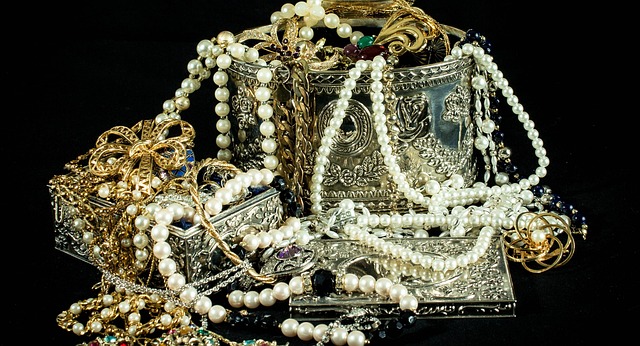
Gold jewellery and silver jewellery both have their unique characteristics and appeal. Here are some key differences:
Material: Gold is a precious metal that has been valued for centuries due to its rarity and durability and it comes in various karats, with 24K being the purest and 10K, 14K, and 18K being common options with added alloy metals for durability.
Silver is also a precious metal, but it is more abundant and generally less expensive than gold. Sterling silver (92.5% pure silver and 7.5% copper or other metals) is the most common type used for jewelry due to its strength and durability
Color: Gold has a distinct yellow hue, while silver has a shiny white or grayish color. Some silver jewellery may be plated with other metals like rhodium to give it a brighter, whiter appearance.
Value: Gold is typically more valuable than silver due to its scarcity and higher demand. As a result, gold jewellery is often more expensive than silver jewellery.
Durability: Gold is a relatively soft metal, so pure gold jewellery may be more prone to scratches and dents. To improve durability, gold is often alloyed with other metals. Silver, on the other hand, is softer than many other metals but still reasonably durable for everyday wear.
Design and Style: Both gold and silver jewellery come in a wide variety of designs to suit different tastes and preferences. Gold jewellery is often associated with a more luxurious and prestigious feel, while silver jewellery can offer a modern, sleek, and versatile look.
Allergies: Some people may have allergic reactions to certain metals used as alloys in gold jewellery, such as nickel. Silver, being hypoallergenic, is generally a safer option for those with metal allergies.
Ultimately, the choice between gold and silver jewelry comes down to personal preference, budget, and the desired style. Some people prefer the elegance and value of gold, while others appreciate the affordability and versatility of silver.